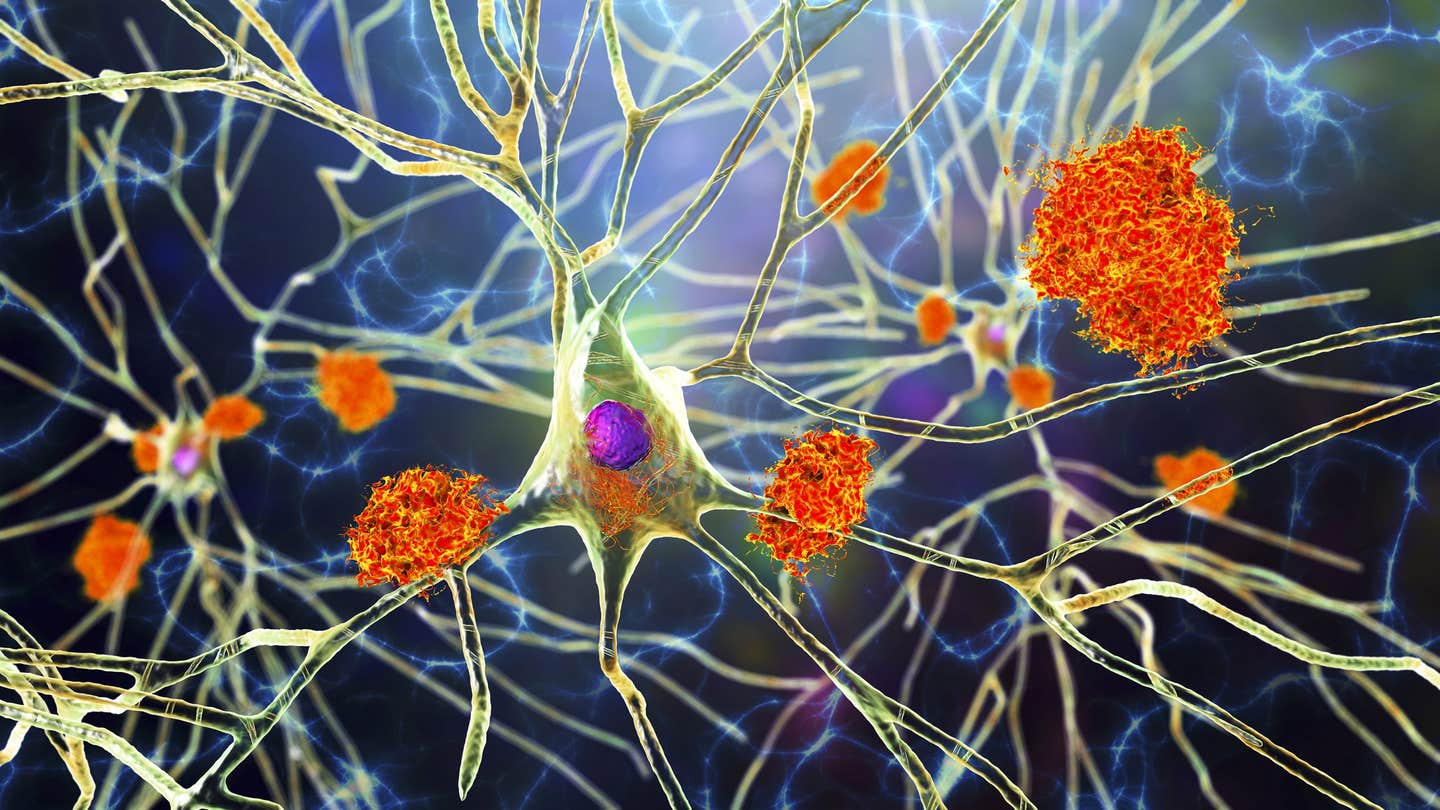Breakthrough study reveals why certain brain diseases affect men and women differently
A new study reveals that microglia, the brain’s immune cells, respond differently in males and females—reshaping brain disease research.

New research shows microglia behave differently in males vs. females, reshaping how we study Alzheimer’s and Parkinson’s. (CREDIT: Science Photo Library)
A crash. A fall. A hit to the head. These moments might seem quick and isolated, but what happens inside the brain afterward is anything but simple. When a concussion or brain injury occurs, the body sends emergency signals. As paramedics rush to the scene, the brain has its own first responders racing to clean up the mess and protect what’s left.
These responders are microglia—tiny but powerful immune cells that live in the brain and spinal cord. They constantly patrol the nervous system, watching for signs of trouble. Microglia don’t just guard the brain. They help it grow, connect, and adapt throughout life. But when they act up or react too strongly, they can hurt more than they help.
The double life of microglia
Microglia are your brain’s clean-up crew. They remove dead cells, toxins, and anything that doesn't belong. They also guide how the brain connects its billions of neurons. This is especially true during brain development, when microglia help shape the connections between nerve cells. That process, called synaptic pruning, is what helps your brain learn, grow, and adapt.
But microglia don’t stop working after childhood. They keep moving through the brain, checking for problems. When they find something wrong, like damaged tissue or toxic proteins, they respond quickly. In some cases, this is helpful. In others, it’s harmful.
Too much microglial activity can lead to damage. This has been linked to diseases like Alzheimer’s, Parkinson’s, multiple sclerosis, and other conditions that affect how the brain works. When microglia become overactive, they may begin to destroy healthy neurons along with the bad ones, which adds to brain decline.
A twist in the research
Scientists have studied microglia for years. One belief held strong: in adults, microglia act the same in both males and females. But a new study shows that’s not true.
Related Stories
At the Del Monte Institute for Neuroscience, researchers discovered something surprising. When they blocked a receptor needed for microglia to survive, male and female microglia reacted very differently. In males, the treatment worked as expected—it reduced the number of microglia. But in females, microglia didn’t go away. They found another path to survive and stay active.
“It is a fortuitous finding that has repercussions for what people are doing in the field, but also helps us understand microglia biology in a way that people may not have been expecting,” said Dr. Ania Majewska, the senior author of the study. She is a neuroscience professor and led the research published in Cell Reports.
This unexpected result may explain why certain brain diseases affect men and women differently. More women develop Alzheimer’s disease. More men develop Parkinson’s disease. Scientists still don’t fully understand why. But this discovery opens the door to new ideas.
“These findings are crucial in the rapidly emerging field of developing disease-modifying therapies that target microglia,” said Dr. Majewska. “We do not yet know why the microglia are acting differently in the two sexes.”
Breaking down the science
To study microglia, researchers often use a drug called PLX3397, also known as pexidartinib. This drug blocks a specific enzyme, stopping the signals that keep microglia alive. In the lab, this makes it easier to study what happens when microglia are removed.
PLX3397 isn’t just a lab tool. It’s also used in medicine to treat a rare condition called tenosynovial giant cell tumor. This disease causes non-cancerous tumors to grow quickly around joints. PLX3397 helps by stopping certain cells from growing.
When researchers used PLX3397 on male mice, the results were expected: microglia began to die off. But when they used the same drug on female mice, the microglia responded in a totally different way. Instead of dying, they found another route and survived.
Linh Le, a researcher who worked on the project as a graduate student, led the experiments. Le found that the female microglia avoided the drug’s effects by using a different survival signal. This surprise led the team to shift focus. They stopped using the drug for its usual purpose and instead studied how microglia in males and females respond to it.
“I think we’d like to understand how the signaling through this receptor is regulated in different conditions,” said Dr. Majewska. “That includes hormonal changes, baseline brain states, and during inflammation.”
What this means for brain disease research
This study changes how researchers might think about microglia and brain disease. If male and female microglia behave differently, then treatments may need to be different too. Until now, many studies have focused on just one sex—usually males. But this new research highlights why both sexes need to be studied equally.
Sex-based differences in microglia could help explain patterns in brain diseases. For example, Alzheimer’s affects more women than men. Parkinson’s, on the other hand, is more common in men. The reasons for these differences are still unknown. But if microglia respond differently depending on sex, that could be part of the answer.
Understanding these differences can lead to better treatments. It can also help scientists build drugs that target the brain more effectively for both men and women. This could improve care for people with neurodegenerative diseases, and help prevent some of the damage caused by overactive immune cells in the brain.
What’s next?
The research raises new questions. Why do female microglia find another way to survive? What signals do they use? How do hormones play a role in this process? And can these differences be used to create more personalized treatments?
Researchers will need to explore many of these questions in future studies. They’ll look at how brain conditions, inflammation, and hormones affect microglial behavior in both sexes. The answers could lead to better ways to treat Alzheimer’s, Parkinson’s, and other diseases tied to the brain’s immune system.
This research is a reminder that even the tiniest cells can have a big impact. And sometimes, asking a new question leads to answers no one expected.
Note: The article above provided above by The Brighter Side of News.
Like these kind of feel good stories? Get The Brighter Side of News' newsletter.



